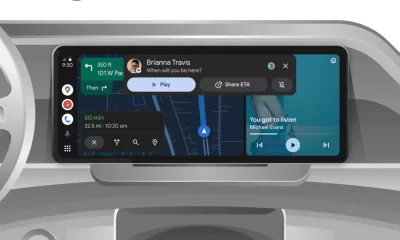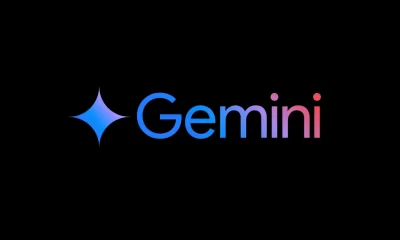Google Play Store now supports multiple app updates; Gemini rolls out Gems and Imagen 3 with people generation
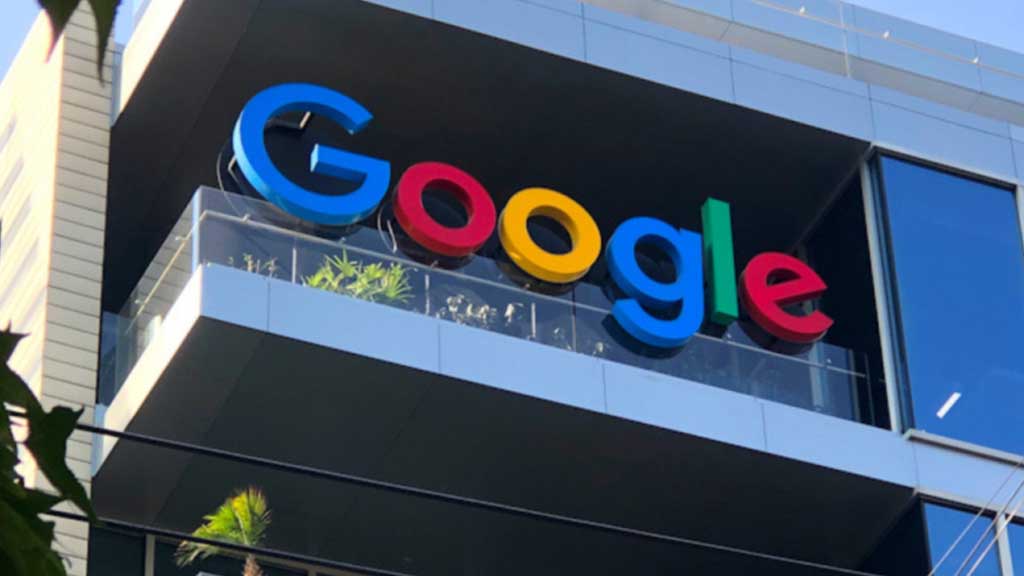
Top 3 Key Points:
- Multi-Download Feature: Google Play Store now allows simultaneous app updates, enhancing user experience.
- Gems in Gemini: Customizable AI helpers (Gems) introduced in Gemini, aiding users with tasks like writing and coding.
- Imagen 3 Update: Gemini’s new image model, Imagen 3, improves image generation with enhanced people rendering.
Google has introduced a major enhancement to the Play Store, allowing users to download multiple Android app updates at the same time. Previously, the Play Store could only handle one update at a time, requiring users to wait for each app to finish downloading and installing before starting the next. This update streamlines the process, especially for those managing large numbers of apps.
Earlier this year, Google began rolling out a similar feature for new app installations, letting users download multiple apps at once. However, this capability did not extend to app updates, leaving many users to endure the slow, one-by-one download process. Now, Google has expanded this functionality, and users can download up to three updates simultaneously. Once three apps are downloaded, additional updates will queue with a “Pending” status, similar to the process on Apple’s App Store.
This new multi-download feature is rolling out across various devices, though it remains unclear whether it’s due to a server-side change or an update to the Play Store app. Regardless, this improvement is a welcome change, making the process of updating apps faster and more efficient.
In addition to this update, Google’s Gemini AI platform is introducing two significant features: Gems and Imagen 3.
Gems is a new feature within Gemini that allows users to create customized AI assistants tailored to their specific needs. These AI assistants can be programmed to act as experts in various topics or to help with specific tasks, such as writing, brainstorming, or coding. Users can input detailed instructions, and Gemini will generate a structured format that includes purposes, goals, and behavioral rules. These customized Gems can be saved and accessed quickly via the Gemini side panel. Pre-made Gems are also available, offering specialized assistance in areas like learning, career development, and creative projects.
Imagen 3 is the latest image generation model from Google, now integrated into Gemini with support across all languages. This model allows users to create high-quality, photorealistic images, including scenes and characters. Initially, the ability to generate images of people will be available to Gemini Advanced, Business, and Enterprise users in English. Google has made significant improvements to the technology, particularly in how it handles the generation of people, ensuring better accuracy while avoiding inappropriate content. Feedback from early users will continue to shape future updates, with plans to expand this capability to more users and languages over time.
These updates reflect Google’s ongoing commitment to improving user experience and expanding the capabilities of its AI-powered tools. Whether you’re downloading multiple apps or creating custom AI helpers, these new features are designed to save time and enhance productivity.
Android
Google apps and Android Auto get fresh looks and smart updates
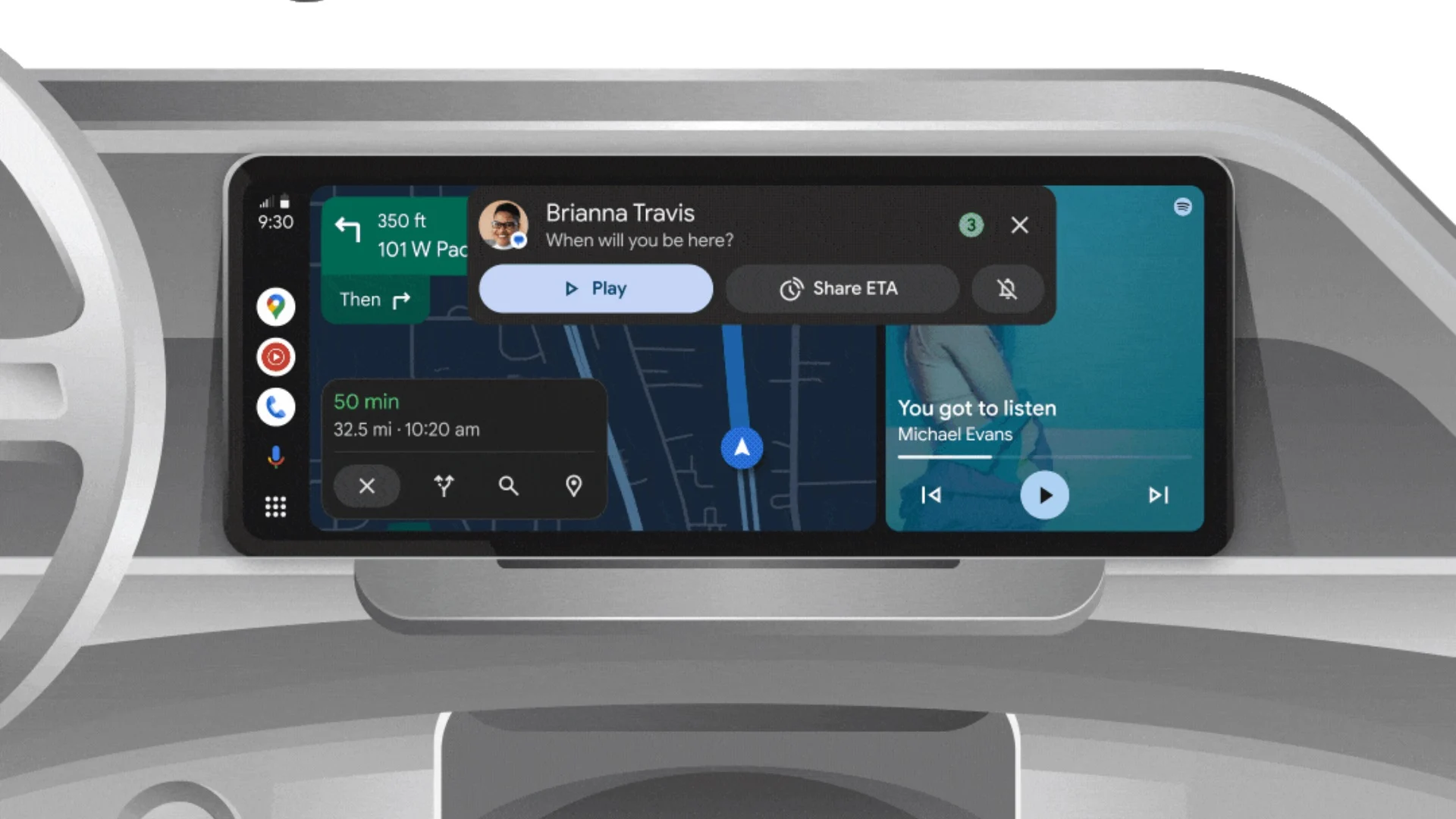
Google is bringing a cleaner and more modern design to many of its apps with the latest Material You changes. Apps like Google Calendar, Contacts, and others now have rounded corners, better spacing, and improved colors. These small updates make the apps look more polished and easier to use, especially on tablets and foldable phones. Google is quietly adding these updates through server-side changes, so users don’t need to download anything extra.
At the same time, Android Auto is also getting a helpful new feature. Google is testing built-in climate controls that let you adjust your car’s temperature and fan settings directly from the Android Auto screen. A demo shown by Google includes a new “Climate” button on the screen, which opens controls like temperature, fan speed, and even seat heaters.
This update is meant to reduce distractions while driving, as drivers won’t need to switch between different screens or reach for physical buttons. Google says the feature will work on cars that already support digital climate control systems.
Together, these changes show how Google is making its software not just prettier, but smarter and more user-friendly. Whether you’re checking your calendar or driving to work, these improvements are designed to make daily tasks easier and safer.
Gemini app gets new look and better controls for switching ai models
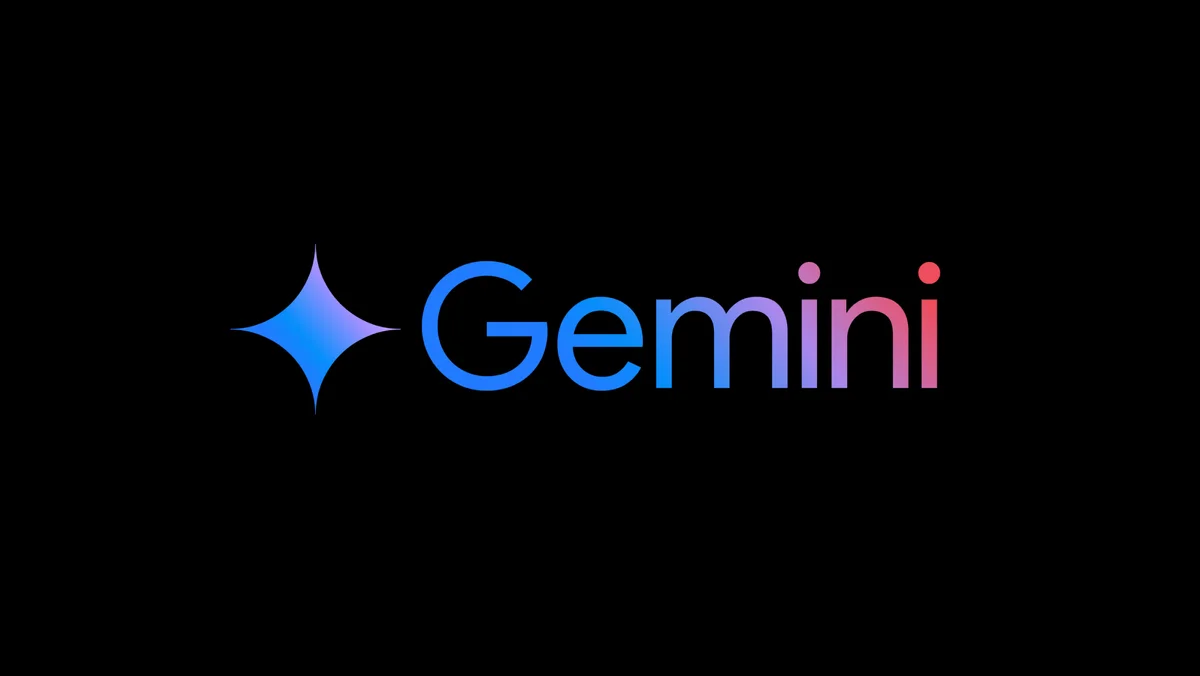
Google is giving its Gemini app a fresh new design on Android to make things easier for users. The biggest change is how you switch between different Gemini AI models like Gemini 1.5 Pro and Gemini 1.0 Pro.
In the old version of the app, you had to dig into the settings menu to switch models, which wasn’t very convenient. But now, Google has made it simpler by adding a new button right below the chat box. This lets you quickly choose the AI model you want to use. You’ll also see a short note explaining what each model is good at, helping you decide which one to use.
The new layout also moves the microphone and image upload buttons. They now sit to the left of the text input bar, which makes the bottom of the screen look cleaner and more organized.
These updates seem to be rolling out slowly, so not everyone will see them right away. However, it looks like Google is testing these changes before launching them more widely.
With this update, Google is trying to make the Gemini app more user-friendly and give people more control over how they interact with its AI tools. It’s a small but helpful step in improving the overall experience.
Gemini app now blocks kids’ access and Google Clock adds new alarm features

Google has updated its Gemini app to make it safer for kids. Now, children with supervised accounts through Google Family Link can no longer use the Gemini app or its chatbot on Android. When they try to open it, they’ll see a message saying the app isn’t available for their account. This change also affects the Gemini experience inside the Google app.
This move is meant to protect kids from AI tools that might not be suitable for them. While supervised accounts still work with some other Google apps like Search, Gemini is now off-limits for younger users. Google hasn’t said if this block will ever be lifted or if they’re planning a kid-friendly version of Gemini in the future.
At the same time, the Google Clock app has received a small but helpful update. Version 7.13 brings a new option called “Alarm display when device is locked.” When you turn this on, your upcoming alarm will show at the bottom of the lock screen. This makes it easier to check your next alarm without unlocking your phone. You’ll find this option under the alarm settings by tapping the three-dot menu.
Both of these updates show how Google is working to make its apps more helpful and safer for everyone.
-

 Apps1 year ago
Apps1 year agoGboard Proofread feature will support selected text
-

 News1 year ago
News1 year agoSamsung USA crafting One UI 6.1.1
-

 News1 year ago
News1 year agoBreaking: Samsung Galaxy S22 may get Galaxy AI features
-

 News1 year ago
News1 year agoSamsung Galaxy S23 Ultra with One UI 6.1 and all S24 AI features revealed
-

 News1 year ago
News1 year agoOne UI 6.1 Auracast (Bluetooth LE Audio) feature coming to many Samsung phones
-

 News1 year ago
News1 year agoSatellite SOS feature coming to Google Pixel phones, evidence leaked
-

 Apps11 months ago
Apps11 months agoGoogle’s fancy new Weather app is finally available for more Android phones
-

 News1 year ago
News1 year agoGoogle Pixel evolves as Europe’s third best selling flagship

